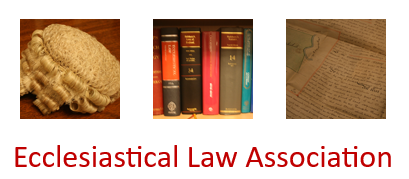The petitioner applied for approval of a memorial stone for the grave of his father, a former builder and stonemason, with inscriptions on both sides of the stone: on the front, the names and dates of birth and death of the deceased and the word 'Beloved'; and on the back a quotation from a poem by Rudyard Kipling ('Till the master of all good workmen shall set us to work anew') and an engraving of a trowel. The PCC objected to inscriptions on both sides of the stone, saying that it would set a precedent. The Team Rector, who had originally been happy with the proposal, later suggested that the trowel was inappropriate, as it was a symbol of Freemasonry, which might offend some people. The Chancellor determined that the design had artistic merit; that it would not establish a precedent, as there were already several stones in the churchyard with inscriptions on both sides; that the poem extract would look out of place on the front; and that the trowel was a symbol of the lifelong work of the deceased as a builder and stonemason, who had no connection with Freemasonry. Accordingly, the Chancellor granted a faculty.

